|
Karim Nagi's rendition of the American national anthem with Arabic musical instruments, rhythms and maqamat gives us the perfect opportunity to learn about Middle Eastern music while appreciating American diversity. Diversity, Receptivity and Inclusivity In the spirit of the 4th of July holiday, Egyptian American musician and folk dancer Karim Nagi shared with his fans his version of the Star Spangled Banner in celebration of America's highest ideal of diversity, receptivity and inclusivity. Star Spangled Banner by Karim Nagi : Arab American Edition As students and professionals of Middle Eastern dance, we do our art form justice by learning about and understanding Middle Eastern music. Here are some things you can learn with this piece: Instruments Buzuq (بزق; also spelled bozuq, bouzouk, buzuk) This long-necked string instrument was originally a folk instrument from the Levant region of the Middle East (Lebanon, Jordan, Syria and Palestine). Since the middle of the 20th century it has crossed over to mainstream Arabic music and become more common in traditional Arabic ensembles. Darbuka This goblet-shaped drum is the dominant percussive instrument in a lot of folk and pop Arabic music, and is also used to some extent in classical Middle Eastern music. In Egypt, this instrument is called a tabla. In the Levant, it is called a dirbakki or derbake. Riq (رق, also spelled riqq or rik) This small hand drum with brass cymbals is a type of tambourine that is used to play intricate rhythms and ornamentations in Middle Eastern music. It is another common and important percussive instrument in the Middle East. Rhythms All the rhythms used in this piece are extremely common in Middle Eastern dance, and therefore very much worth studying. Maqsum Rhythm (4/4) This lively rhythm is probably the single most common rhythm in Middle Eastern music! It is found in classical music, folk & beledi music, shaabi, pop, megeance, drum solos, and often! Here's the basic skeleton of the maqsum rhythm: Masmoudi Kebir Rhythm (8/4) This rhythm is appropriately-named the "big masmoudi" for its slower timing. When compressed into 4/4 it becomes a "small masmoudi," or masmoudi saghir. Here's the basic skeleton of the masmoudi kebir rhythm: Maqsum Rhythm (4/4) The maqsum rhythm occurs twice in this piece (see above). The second time around it is played a bit slower. Saidi Rhythm (4/4) This strong, earthy rhythm is similar to the maqsum, but has two "dums" halfway in. Here's the basic skeleton of the saidi rhythm: Wahda Rhythm (4/4) Wahda means "one" in Arabic, and it is said to be named as such because it has just one "dum" in the beginning. Here's the basic skeleton of the wahda rhythm: Fellahi Rhythm (2/4) This rhythm is basically a fast maqsum, played in a 2/4 time signature. "Fellah" or "fallah" means "country-folk" or "farmer" in Arabic, and is often associated with the people of the Nile Delta in Upper Egypt (although there are farmers in other regions as well). This rhythm is very common in that region, but is not exclusive to it. Here's the basic skeleton of the fellahi rhythm: Now can you indentify where all these rhythms occur in the video? Maqamat Maqamat (singular maqam) are arrangements of notes in Middle Eastern music. They are similar to scales in Western music, but much more complex because they include the scales, melodic phrases, modulations, ornamentations and more. They also evoke a specific mood. The maqamat used in this piece are suznak, bayati, saba, and huzam. What's your favorite aspect of Karim's video, or your favorite part of this song? Share your thoughts on the comments below! Was This Post Helpful?If you liked this article, you can visit our blog map to find other posts about Middle Eastern music and dance and other related topics. Or subscribe to our newsletter, YouTube channel, Facebook and Instagram pages to be the first to see more content from us!
Happy learning, and happy dancing!
2 Comments
Dance is a way to honor our bodies and celebrate our lives. But to truly honor and celebrate something, we must first become conscious of its value. Our bodies carry us through our entire life, supporting us and enabling us to do the things we love. Our bodies are our only true home from the moment we are born until the moment we die, growing and changing and transforming with us. Our bodies even have the capacity for creating life and bringing it forth into this world... yet how do we treat those bodies of ours?
How often do we speak about our bodies with shame, how often do we talk to our bodies with disdain, how often do we think about our bodies with sadness? How often do we feel frustrated for the things our bodies "can't" do or for the way our bodies look? How rarely do we take the time to appreciate all the amazing things our bodies already enable us to do? How rarely do we marvel at the perfect balance of our automatic bodily functions that keep us alive and healthy in every moment? Most of us think and speak about our bodies only with frustration and negativity and rarely if ever with appreciation and positivity. We take for granted all the amazing things we have to be grateful to our own bodies for. And then maybe we learn to appreciate our body's ability to function, to move freely without pain, only after an accident or illness impairs that ability. Only then do we tend to learn how precious our bodies are and have always been, and how insignificant the criticisms over the way our bodies look or the things we think our bodies can't do really are. It's time to start shifting the way we think and talk about our bodies every day. Let's move away from the frustration and move towards more love and appreciation. Let's try replacing criticisms of our bodies with wonder and gratitude, today and every day. I like to end all of my belly dance classes guiding my students to give themselves a hug and thank their bodies for everything they do; all the functions we take for granted that keep us alive, healthy and in balance and free from pain. And I'm not the only one. In one of her online classes, Brazilian belly dancer Ju Marconato spoke about the importance of expressing gratitude to our bodies for those very things. She talked about not waiting until we become sick to see the value in our health. She expressed this so beautifully that I decided to translate her message into English and share it with you today: "Today I am thankful for the air that I breathe deeply through my lungs. I am thankful for my skin, my hair, my nails. Have you ever stopped to thank your kidneys? Imagine life without your kidneys working. How much are your kidneys worth? How hard would you work to have kidneys that are perfectly healthy and whole? Is there a price for that? That is true wealth! I am thankful for my kidneys. I am thankful for my intestines, my spleen, my liver, and the perfect synchronized functioning of my internal organs. I am thankful for each cell of my body, each one perfect and healthy. How I am richly blessed... I am thankful for my eyes. How wonderful it is to see colors, lights, to see the faces of the people I love. How important it is to have this channel of communication with the world. Do you see it? Try putting a blindfold over your eyes for a day or just a few hours, and go about your daily activities or try to go outside. When you take off the blindfold your perception will be more accurate, and will show you the grandiosity of being able to see. This way a feeling of pure gratitude is installed in your heart, so you don't have to lose your health to be thankful for it. I am thankful for my ears. How wonderful it is to be able to hear songs. Do you understand the magnitude of that? Cover your ears for just 24 hours. When you uncover them you will be jumping in gratitude for the gift of hearing. I am thankful for my legs that take me where I need to go. I'm thankful for my arms that hug and do work. I'm thankful for my hands that caress, nurture and cook. I'm thankful for my metabolism. I am thankful for my heart. So much gratitude for my heart. This perfect and tireless machine that works 24 hours in my favor. Atria and ventricles working in perfect synchrony. It's a miracle. My heart is truly precious, it's invaluable. I am thankful for my brain, my nervous system, my endocrine glands, my defense sells. I am thankful because I am a magnificent expression of life. I am nature manifested in all its wisdom. I love my body. It is home to my spirit. I love my temple. Today I am grateful." You are a magnificent expression of life. Your body is a marvel, a microcosm of nature, a unique and beautiful temple that deserves to be honored and respected. Cherish the wonderful things your body does for you today and every day, and observe how much more easily the dance of life begins to flow. photo credit: Tdrivas CC BY-SA 4.0 Taqsim (تَقْسِيم, also spelled taqseem, taksim or takseem, plural 'taqasim') is an improvisation of an oud, buzuq, violin, ney, qanun, accordion, saxophone, or any other melodic instrument in Middle Eastern music. It can be performed alone or as a part of a full musical composition, sometimes as an introduction and other times in the middle of the piece. When it's a part of a full composition, it may be backed up by a steady rhythm in harmony with the melodic solo. When we're describing taqasim in English, we might use the name of the instrument first, followed by the word "taqsim," like "oud taqsim" or "ney taqsim." However in Arabic, typically the description of a word will follow the noun that it's describing. Since the instrument describes the type of taqsim being played, in Arabic these taqasim would be described as "taqsim oud" or "taqsim ney." Hear a few examples below: Oud Taqsim by Farid al-Atrache, the "King of the Oud" Taqsim Nay by Michael Ibrahim Baladi Progression Beginning With a Saxophone Taqsim by Samir Srour Taqsim Qanun by Tony Barhoum of the National Arab Orchestra Baladi Progression Beginning With an Accordion Taqsim Taqsim Violin by Karim Henkesh Which of these melodic instruments is your favorite to listen to? Which type of taqsim do you most enjoy dancing to? Would you like to learn more about taqasim, like how to interpret this music as a dancer? Let us know in the comments below! Was This Post Helpful?If you liked this article, you can visit our blog map to find other posts about Arabic music, belly dance and other related topics. Or subscribe to our newsletter, YouTube channel, Facebook and Instagram pages to be the first to see more content from us!
Happy learning, and happy dancing! An important note on finding joy, making art and choosing self-care in troubling and chaotic times. “This moment humanity is going through can now be seen as a portal and as a hole. The decision to fall into the hole or go through the portal is up to you.
If you repent of the problem and consume the news 24 hours a day, with little energy, nervous all the time, with pessimism, you will fall into the hole. But if you take this opportunity to look at yourself, rethink life and death, take care of yourself and others, you will cross the portal. Take care of your homes, take care of your body. Connect with your spiritual House. When you are taking care of yourselves, you are taking care of everything else. Do not lose the spiritual dimension of this crisis; have the eagle aspect from above and see the whole; see more broadly. There is a social demand in this crisis, but there is also a spiritual demand -- the two go hand in hand. Without the social dimension, we fall into fanaticism. But without the spiritual dimension, we fall into pessimism and lack of meaning. You were prepared to go through this crisis. Take your toolbox and use all the tools available to you. Learn about resistance of the indigenous and African peoples; we still haven't stopped singing, dancing, lighting a fire, and having fun. Don't feel guilty about being happy during this difficult time. You do not help at all being sad and without energy. You help if good things emanate from the Universe now. It is through joy that one resists. Also, when the storm passes, each of you will be very important in the reconstruction of this new world. You need to be well and strong. And for that, there is no other way than to maintain a beautiful, happy, and bright vibration. This has nothing to do with alienation. This is a resistance strategy. In shamanism, there is a rite of passage called the quest for vision. You spend a few days alone in the forest, without water, without food, without protection. When you cross this portal, you get a new vision of the world, because you have faced your fears, your difficulties. This is what is asked of you: Allow yourself to take advantage of this time to perform your vision-seeking rituals. What world do you want to build for you? For now, this is what you can do -- serenity in the storm. Calm down, pray every day. Establish a routine to meet the sacred every day. Good things emanate; what you emanate now is the most important thing. And sing, dance, resist through art, joy, faith, and love." This post is being shared on Facebook today, credited as a message from White Eagle, Hopi indigenous tribe. This summarizes my feelings so well that I feel there is no need to come up with my own words, and I wanted to share it here. Please take care of yourself, try to find joy through dance/movement, art, conscious breathing, singing, playing music, and laughing. By recharging yourself you will have the energy to envision and fight for a better future and make a positive difference in the world. -Yamê Our guest writer and Saudi-born Middle Eastern dancer Khadijah tells us about the beautiful dance of her region Khaleeji (خليجي, also spelled khaleegy or khaliji) is a mix of folk dances containing traditional and modern styles from the surrounding Gulf countries of Saudi Arabia, Kuwait, Oman, Bahrain, Qatar and the UAE. The name Khaleeji literally means "from the Gulf" in Arabic and it is often performed in groups at special events by women. Men also have their styles but is also performed in groups, with or without props such as rifles, canes, drums, swords, scarfs etc. The word Khaleeji is used to describe more than just the dance aspect of the culture. For anything that relates to Gulf culture this word is appropriate to use. Khaleeji culture is often misunderstood and appears to be mysterious in various parts of the world. Many of the Khaleeji cultural and religious traditions to outsiders can seem a bit intimidating. But as you get to know Khaleeji people, the culture is very warm, welcoming, family-oriented and inviting to all. Watch Khadijah Dance Khaleeji The Khaleeji dance itself incorporates very distinctive footwork, shimmies only involving the hands and the shoulders, head slides and circles, chest drops, specialized finger snapping and distinctive hair flips. Depending on the region, styles of Khaleeji dance accompany the heavy percussive stylization on the music. There are various rhythm patterns throughout the Gulf region, so it's very important to know what style you are performing to. An Illustration of Various Styles of Thobe Nasha'al Image source: AramcoWorld "The Gown That Steals Your Heart" Costuming varies from region to region even city to city but the traditional Khaleeji costume style is called thobe Nasha'al. There are various styles available other than the thobe Nasha'al. They come in all colors, styles and embroidery patterns. The thobe Nasha'al is a costume to be worn all on its own. It is not meant to be worn as a belly dance costume cover up. It is encouraged to wear jewelry such as lots of bracelets and anklets. Necklaces and jewelry in the hair can be worn, however if you are wanting to perform lots of hair work it is not suggested to wear jewelry in the hair or heavy necklaces. Khaleeji dance can have so many meanings. When the dance is fully executed it looks incredibly beautiful especially when the dance is performed in a group. The essence of this dance is very feminine, strong while honoring noble Khaleeji traditions. About Today's Author
Want to Learn More About Khaleeji?We're hosting Khadijah for an online Khaleeji workshop on Sunday May 24, 2020. Learn more here! Was This Post Helpful?Did you learn something from this post? Hit "like" below and leave a comment with your feedback!
If you liked this article, you can visit our blog map to find other posts about Arabic music, belly dance and other related topics. Or subscribe to our newsletter, YouTube channel, Facebook and Instagram pages to be the first to see more content from us! Happy learning, and happy dancing! How can we dance in a time of global pandemic and economic uncertainty?
I have to be honest with you. In times like these, sometimes the last thing I feel like doing is dancing. Each day feels bleaker than the last. Every day more and more people are getting sick. We pretty much all already know someone who is struggling with coronavirus symptoms, and those of us who are lucky enough to still be healthy in this moment still have to deal with the fear over the very real possibility of getting sick some time in the future. And the death toll keeps on rising. For many of us, that toll is no longer just an unfortunate statistic. For those of us who have personally lost a loved one to COVID19, the loss is very painful and very real, striking at the very core of our hearts. This virus is especially awful and cruel. We cannot be physically near our loved ones to support them as they pass on, nor can we gather together afterward to remember their lives while we bid their bodies farewell. My heart is with all those who have lost a loved one in this horrible time, as I grieve the terrible loss of one of our own students (and a truly incredible human being) this week. Not to mention all the other losses we are suffering collectively. Employment terminations and pay cuts are sweeping our society and we have lost the freedom to come and go and gather as we please. This pandemic is taking a huge toll on our ability to sustain ourselves mentally and financially. At the time of this writing I wish that I could offer something more promising and optimistic, but unfortunately things will likely still get worse before they start getting better. But that's precisely why right now it's more important than ever for us to start making ourselves, our physical health and our mental well-being a priority, despite the very valid fear, anxiety, pain and grief we are all feeling collectively and individually right now. Things will eventually get better. This time of catastrophic loss and terrible hardship, like everything else in life, is temporary. Though we don't know how long this phase will last, or exactly how we will each be affected, or how hard the aftershocks will hit us, we do know that this too shall pass one day. And until that day arrives, the most important thing we can do is take good care of ourselves so that we can give ourselves a fighting chance to get through this, and so we can be there for the people who are relying on us. Taking good care of ourselves means creating space to do things that we love every single day, even when we don't feel like it. And I guarantee, you often won't feel like it. It seems so easy, but getting ourselves to do the things that make us happy, in a time when we are struck with so much sadness and stress, is far from easy. In fact, that's probably one of the hardest things to do in those moments. When our bodies are pumping out stress hormones constantly, we actually become physically addicted to stress and subconsciously seek out ways to maintain higher and higher levels of it. This is where we see self-sabotaging behaviors like constantly checking the news and refusing to do the things that would nourish us. Yet, living in a constant state of stress is harmful and dangerous. So fighting the urge to stay in a constant state of fear and grief, no matter how warranted, by making the time to do something you love every day, is one of the best gifts you can give to yourself right now. Whether that's reading, writing, singing, playing an instrument, drawing, painting, dancing, exercising, meditating, or anything else, there is something you can do each day to carve out a little space for yourself that will help you release the stress and anxiety you are going through, and you are worthy of that space. Even if it's just for 5 or 10 minutes each day, creating this habit can make a big difference. Let's give ourselves this gift whether or not we feel like it. Not because we're on a race to be productive with our stay-at-home time, not because we're rushing to reach specific goals (though if that's you, all the more power to you), and not because we don't have valid reasons to be stressed and anxious, but because we deserve that love and nourishment from ourselves, and we need it to overcome the challenges that lie ahead, to help both ourselves as well as others. As a belly dance teacher, of course dance is a huge source of mental and physical nourishment for me. Yet I have to confess that in times like these, I really just don't feel like dancing. Which is exactly why I get up and dance anyway. In times of crisis, my practice isn't necessarily pretty. It isn't about reaching for a goal or being perfect. But it is about nourishing my mind and body with movement. It is about appreciating my current state of health more fully. It is about washing away the pain and grief that I am rightfully feeling, even if just for a brief moment. Can you use a little bit of that right now? We are daughters, we are mothers, we are lovers, we are fighters. We endure the pains of our monthly menses, the pains of childbirth and sacrifices of motherhood if we choose to be mothers, the fear of assault, harassment at work and the struggle of climbing up the career ladder while maintaining the home and being paid less than our worth, not to mention the constant judgments of society over every aspect of who we are and what we do.
Womanhood is defined by struggle and hardship, yet my experience of working with hundreds of women has shown me that there is tremendous power at the core of who we are. We are so strong and so resilient... so much more than we give ourselves credit for. On International Women's Day, and every day, be sure to celebrate yourself and all the strength and power you embody as a woman. Celebrate your accomplishments, celebrate your creations, celebrate your life! Learn About This Crucial Type of Belly Dance Music Megeance (alternatively spelled mejance, majency, mejanse, meganse, mejanci, meyancé, madjensie) is a style of music that is used for a belly dancer's entrance. This raqs sharqi (belly dance) opening number typically begins with a fast rhythm that allows for the dancer to cover space as she "greets" her audience and captures their attention, then changes in rhythm and melody so that the dancer can take her* audience on a sort of journey through a variety of Middle Eastern dance styles. This is where the dancer can showcase her range. The megeance will often include sections of Middle Eastern music such as baladi, saidi, khaleegy, and others. Sometimes, the megeance will even include taqasim or a mini darbuka solo within itself. In a sense, the megeance can be a considered a mini belly dance set, because its varied sections are composed of the same elements that are typically included in a full belly dance show: a fast and powerful entrance, folkloric and/or miscellaneous Middle Eastern dances, a possible taqsim and/or drum solo, and an exit that "book ends" the same themes of the entrance. In the megeance those elements are compressed into a "mini-show," which can be performed on its own (for example in a belly dance event, competition or hafla), or in the beginning of a full belly dance set (as in a restaurant show, wedding or party). Watch Shahrzad Dance to Her Megeance In Egypt, where famous dancers often put together their own orchestra of musicians, a dancer's megeance is typically composed specifically for her. This is the case for the megeance above, Bahlem Bi Shahrzad, which was created by and composed for Shahrzad herself!
Here in the west, where belly dancers don't generally have access to a live orchestra of their own, it is more common for belly dancers to use music that was composed to be a "general" megeance, or use megeance songs that were composed for another famous dancer. Whether dancing to a live orchestra or recorded music, at a belly dance hafla or a wedding, every well-rounded belly dance student and professional belly dancer should understand the dynamics and purpose of the megeance, and do her best to do it justice! *In this post, I used the pronoun "she" to refer to belly dancers. However, it is important to note that this art form is inclusive of men as well as agender, bi-gender, gender-fluid and otherwise gender non-conforming folks. I choose feminine pronouns when writing about belly dance for simplicity, but I welcome you to pick your own preferred pronoun when you read through this and my other posts. Was this post helpful? Would you like to learn more about belly dance? Hit "like" below, share, and leave a comment with your feedback! You can also visit our blog map to find more posts like this, or subscribe to our newsletter, YouTube channel, or Facebook page to be the first to find out about our next post. Happy learning, and happy dancing! As today brings the entire decade to a close, before we head into 2020, we take the time to reflect on all the amazing experiences and people that were brought to us... Current & former SharqiDance students pose with Shahrzad, our guest instructor for Spring Into Dance 2019 2019 - A Year and Decade in Review This decade saw the birth of SharqiDance, my dream business teaching belly dance in New Jersey, giving me the opportunity to cross paths with and teach hundreds of people this empowering, feminine and healing art form. For that, I could not be more grateful! Just this year alone, we've had so many incredible experiences. Our SharqiSquad (the SharqiDance student troupe) performed at belly dance events all over New Jersey--gracing the stage of Roxy & Dukes in Dunnelle, Debonair Music Hall in Teaneck, and studio haflas all throughout the year. We performed at public events and festivals: The Asbury Park Promenade of Mermaids, The Lakewood Renaissance Faire, and Soulsational Festival in Bayville; we hosted world-reknowned belly dancer Shahrzad at our very own studio in Wall Township, NJ, we added a Darbuka Mastery class with the amazing April Centrone to our roster, and we were honored to close out the year performing at a NY Arabic Orchestra concert in New York City! What's Next in 2020 This was all made possible thanks to the amazing people who took a chance and gathered the courage to try out a belly dance class with us. This has enabled us to come up with even bigger, better plans for 2020. If belly dance has been on your mind this past decade, but you haven't quite yet gathered the courage to start, now is the time, with 2020 poised to be our biggest, baddest year yet! If you're local to Monmouth or Ocean County, NJ, come join our empowering, positive and supportive community! Or if you're too far away, contact me to schedule an online private class over video chat. It's never too late to start, and I would love to have you join us! -Yamê Stay in Touch!If you liked this article, you can visit our blog map to find other posts about belly dance and other related topics. Or subscribe to our newsletter, YouTube channel, Facebook and Instagram pages to be the first to see more content from us!
Happy Dancing! We got to speak to the amazing, beautiful and talented international belly dance star Shahrzad and learn more about her history and experience as a belly dancer, her practice habits and philosophies, life as a dancer in Egypt, and more... 1. I understand that you have been belly dancing since age 11. What drew you to belly dance at such a young age? Tell us the story of how you got interested in this dance, and how you got started! Yes, I was really young when I became interested in belly dance! My first exposure to it was seeing an advertisement for belly dance fitness videos on TV. I don't know what it was that drew me in so much but I was hooked right away. My mom got me the videos and a few weeks later I was asking for classes. 2. Can you tell us about your journey as a belly dancer: some trials and tribulations you went through, or some of your biggest wins or proudest achievements? At this point I have been involved in belly dance for more than half of my life and it has been my main job (other than a few years of pilates work) since I became working age. Of course just like any other entertainment job or art there are difficulties. To become a great dancer takes a huge amount of hard work and sacrifice, your body will hurt, you will miss time with friends and family, you will face disappointment but in my case it has all been worth it. The things that have made me the most proud during my career are times when I realize how much I can give back to other people, seeing students come out of classes and workshops feeling empowered and excited to learn and practice more, seeing audience members’ faces light up, these are the times that I am the happiest about what I do. 3. In what ways has belly dance changed you as a person? How has it impacted your life? I have learned a lot about life through belly dancing and I think one of the biggest lessons has been about self-worth and openness. In this age of social media, especially in the business of entertainment, it is so easy to get in the habit of spending all of your time comparing yourself to others and judging people in a superficial way. Once I was able to find happiness and confidence in doing what I loved as opposed to comparing myself to and judging others I was able to look at everyone in a different way, appreciate the positives as opposed to seeking out negatives, open my mind to all kinds of new ideas and learn, meet many new friends, and be inspired by the successful and unique people around me. 4. What are your favorite aspects of this dance today, after all these years of experience in this dance? I have always loved expressing myself through movement so I am always the happiest when I am just moving freely to the music, be it in class or on stage. For me when I dance my mind and body are completely taken over by the movement and music, I feel free. Watch Shahrzad move freely on stage! 5. Are you artistic in other ways? What are other artistic talents you possess? When I was young I used to draw and paint all the time and learned a few instruments, these days I don't have much time for many things non-dance related but I do like learning to play drums and drawing designs for my costumes. 6. How long have you have been living and performing in Egypt now? Egypt is a place that many professional and aspiring professional belly dancers dream to perform in, and yet it can be a difficult place to survive and thrive in, especially as a dancer. How has your experience been, so far… living, performing, and taking in the culture there? What’s the best thing about it? What’s the hardest thing about it? I have been in Egypt a little more than 3 years now and It has been an amazing experience. Dance in Egypt is so complex and varied, there is so much to learn and absorb. The best thing about living and working in Egypt for me is that I am constantly learning in many ways from language to musical knowledge to dance skills due to being constantly surrounded by the culture and arts. The hardest part is that oriental dance in Egypt is a serious entertainment business and to be successful you must work very hard so your whole life tends to be focused around dance. It can be both exhausting and isolating. 7. What does a typical “day in the life” of Shahrzad living and dancing in Cairo look like? Every day is different! But in general I sleep very late, until 3pm or 4pm, wake up and eat and take care of emails and online work, hit the gym and run errands (costume fitting, rehearsal, etc.), then come home for a lite dinner and to do my makeup and prepare my costume bag, and then go out to work all night. 8. Your technique is absolutely out of this world! Can you tell us about your regular practice routine? How is it structured, how do you practice, and what do you prioritize in your practice? Thank you! I do practice a lot but I also cross train and base my workouts on the technique I use. For example, my shimmies are generally quad-driven so I spend time in the gym doing high resistance elliptical for endurance and weight lifting for strength so I can shimmy for hours without fatigue. As far as actually practicing dance movements I tend to focus a lot on my basic technique. I always start my practice with drilling my hip and belly moves with music to ensure my quality of movement is maintained. I think many dancers make the mistake of ignoring their basic technique once they reach higher level classes or get busy with shows but after a while their control and preciseness of movement starts to suffer. 9. What is your biggest advice for a beginner who wants to achieve amazing, controlled and fluid isolations like yours? Or for an experienced dancer who feels they have plateaued in their technique? Practice practice practice! But make sure you are practicing with awareness. Many people just move blindly without a deeper knowledge of the movements they are executing. Great isolation and control comes from a high level of body awareness. When you practice try to identify what muscles and parts of the body are and aren't working to create each move and always pay attention to your posture and how it is affecting your movements. See Shahrzad practicing with awareness below ;) 10. Congratulations on publishing your own album, Bahlem Bi Shahrzad! That is an amazing accomplishment and I have to say, I listen to and dance to it all the time and it’s one of my favorite belly dance albums right now. Can you tell us more about the band, and your process of selecting them and working with them to come up with these compositions? Or alternatively, tell us more about one or multiple songs from the album. One of my dreams and goals when I came to Egypt was to produce some beautiful music so this album was really a dream come true. As my first album I wanted to present something really high quality so I decided to go all out and hire a big orchestra and record in a very nice studio. I hired different singers and musicians for each song to fit the style and mood of the music. Most of the songs are original compositions that I created with the help of 2 composers but we also threw in some very beautiful but not as well known Tarab songs which I love. 11. What aspect of this dance do you love the most? (Teaching, performing in Egypt, performing at dance events, touring the world, judging competitions, creating choreographies...) It's hard to choose because I really love to teach just as much as I love to perform and I have found that I need a balance of both to stay inspired and happy. 12. What “genre” of music do you love to dance to the most? (Baladi, megeance, classic, drum solo, folkloric...) I dance to everything! But I think I love tabla and tarab the most. 13. Who are your favorite dancers, and who are the dancers that most influenced you and your dancing? This goes both for dancers you are simply inspired by, as well as dancers you have studied with. My favorite dancers are all golden era... Samia Gamal, Nabaweya Moustafa, Naemat Mokhtar... I love these dancers because each had a unique stage presence and very different and interesting steps. Watch Shahrzad's tribute to Egypt's Golden Era dancers: 14. Hard work vs. talent. What’s your take on this? Is belly dance an innate skill, or can anyone learn it with hard work? Yes, a lot can be said about natural talent but so much can be learned with the right teachers mentoring you. I think one thing that is most important to being a good dancer is loving what you are doing and being comfortable in your body. 15. You are a very positive and encouraging voice in this dance, even when sometimes the public discourse becomes toxic and negative in our community. How do you steer clear from the negativity and remain positive? Nothing good can come from bullying, name calling, and fighting on social media. It leaves everyone stressed out, angry, and against each other. I truly believe that the best way to spread your opinions and thoughts is through positivity and education. If you approach people with kindness and start an open and meaningful dialogue you are much more likely to make a change and putting your energy into sharing the dance in the way you love it the most is the best way to promote the art you want to see within the community. Focus more on what you love than what you hate. 16. What do you see or hope as being the future of belly dance, in and out of Egypt? Honestly I have no idea, so much is changing so quickly both in and out of Egypt right now. Audiences and students interests are shifting and evolving all the time especially now with new musical styles (both western and middle eastern) being created all the time and people wanting to move to them. At the same time I see a growing interest and effort being put into the revival of more classic style belly dance, which of course I love. There has always been a huge amount of variety and evolution within this dance and I’m sure it will be that way forever, who knows what will come next. 17. What is next for you in your dance career? You have achieved so much at such a young age (congratulations, by the way!), and I know there is much more yet to come for you. Can you reveal any of your goals, dreams, or plans for the next 5 years? Or, alternatively, what is the legacy you hope to leave in this dance? That is really kind of you! Honestly there is so much that I want to do... I am so fascinated by regional dance and music styles within North Africa and the Middle East, I would love to take more time to travel and study and document everything I see both for my own enjoyment and to be able to share and educate about it later on. I also dream of making a teacher training program not based in a movement curriculum of my own making but based in the physical and cultural knowledge that it takes to make a well-rounded teacher. As far as legacy goes I don't care as much about being the best dancer ever, I think what I would like to be known and remembered for is spreading knowledge and understanding and making people happy be it from my performing or my teaching. Thank you so much for your time and generosity in sharing these responses with us, Shahrzad! We're looking forward to hosting you here in New Jersey at Spring Into Dance 2019 next week, and we are wishing you continued success in Egypt and everywhere you go <3 Can't Get Enough of Shahrzad?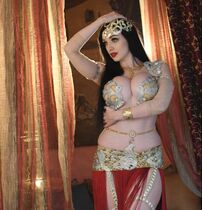 Check out her website or follow her on Facebook, Instagram or YouTube to keep up with all her latest stuff! Did You Like This Interview?Did you enjoy learning more about this dancer? What other dancers would you like to see new interviews from? Hit "like" below and leave a comment with your feedback letting us know!
If you liked this article, you can visit our blog map to find other posts about belly dance and other related topics. Or subscribe to our newsletter, YouTube channel, Facebook and Instagram pages to be the first to see more content from SharqiDance! |
AuthorYamê is a Brazilian-American View Posts By CategoryIf you'd like to read more articles by Yamê or SharqiDance's guest authors, please view our blog map here.
Archives
January 2024
|
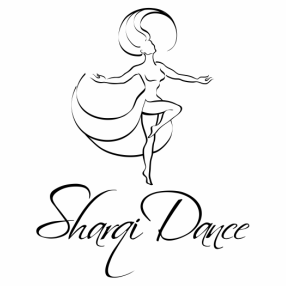
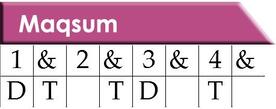

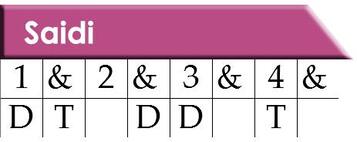
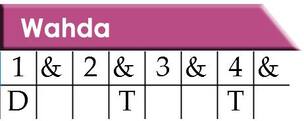
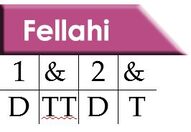
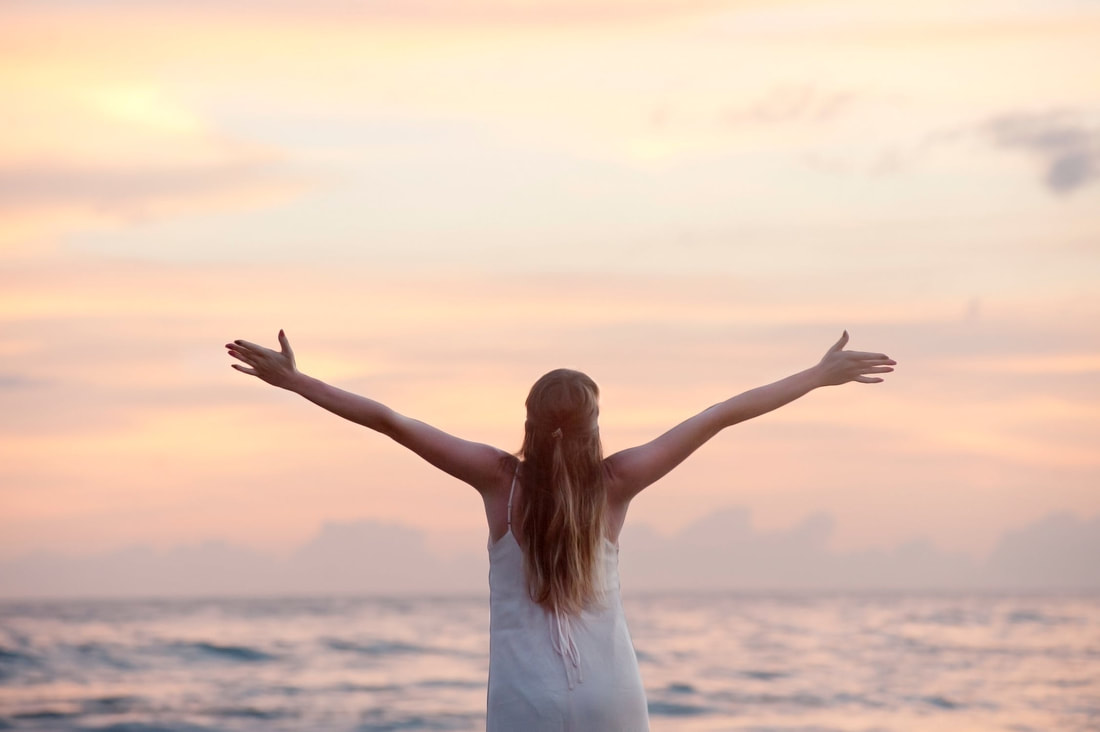
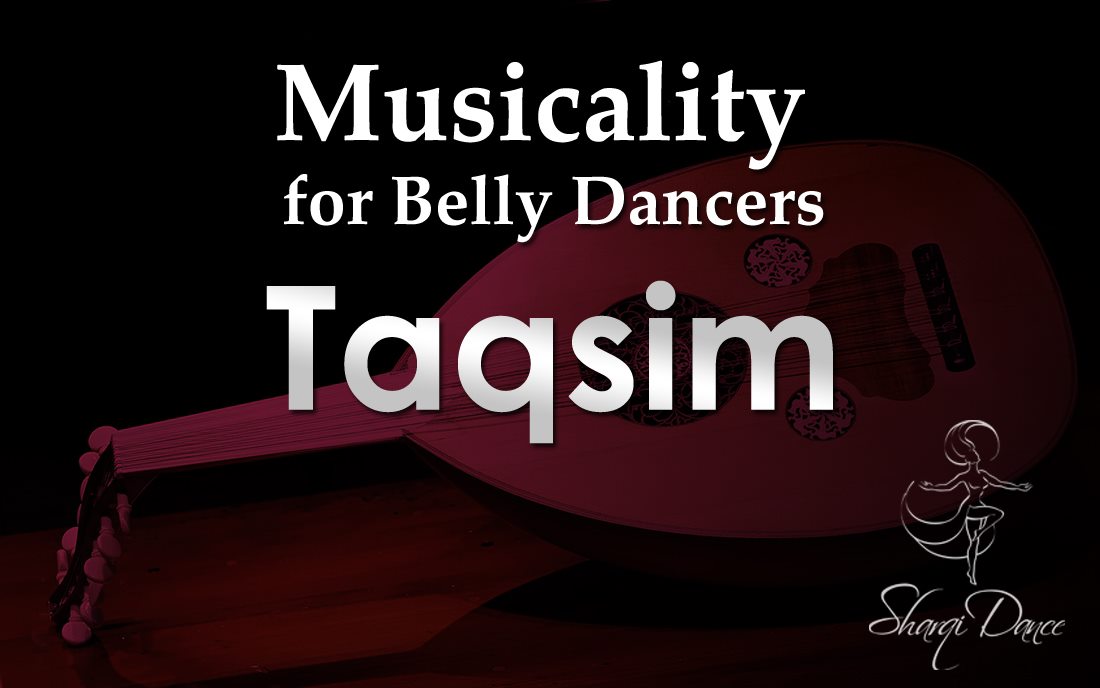
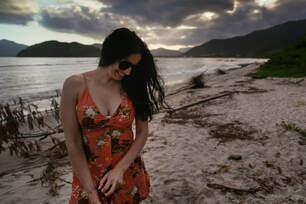
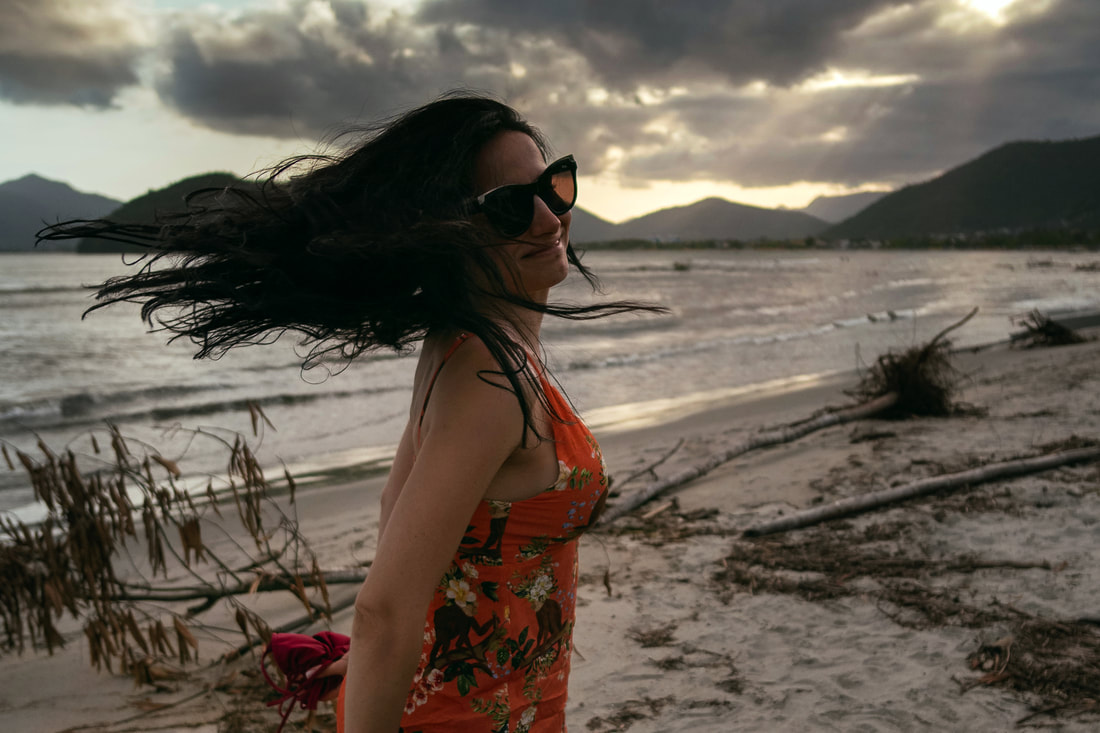
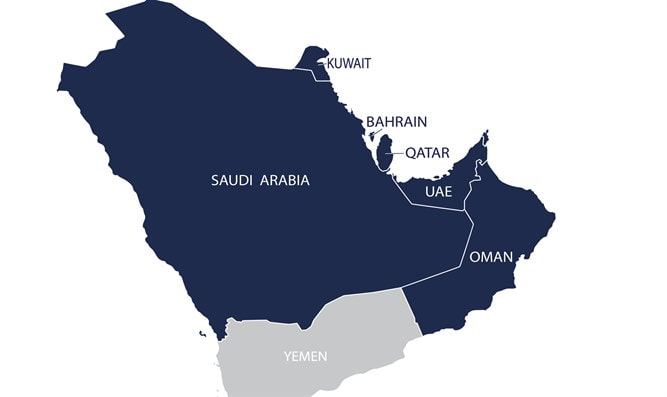
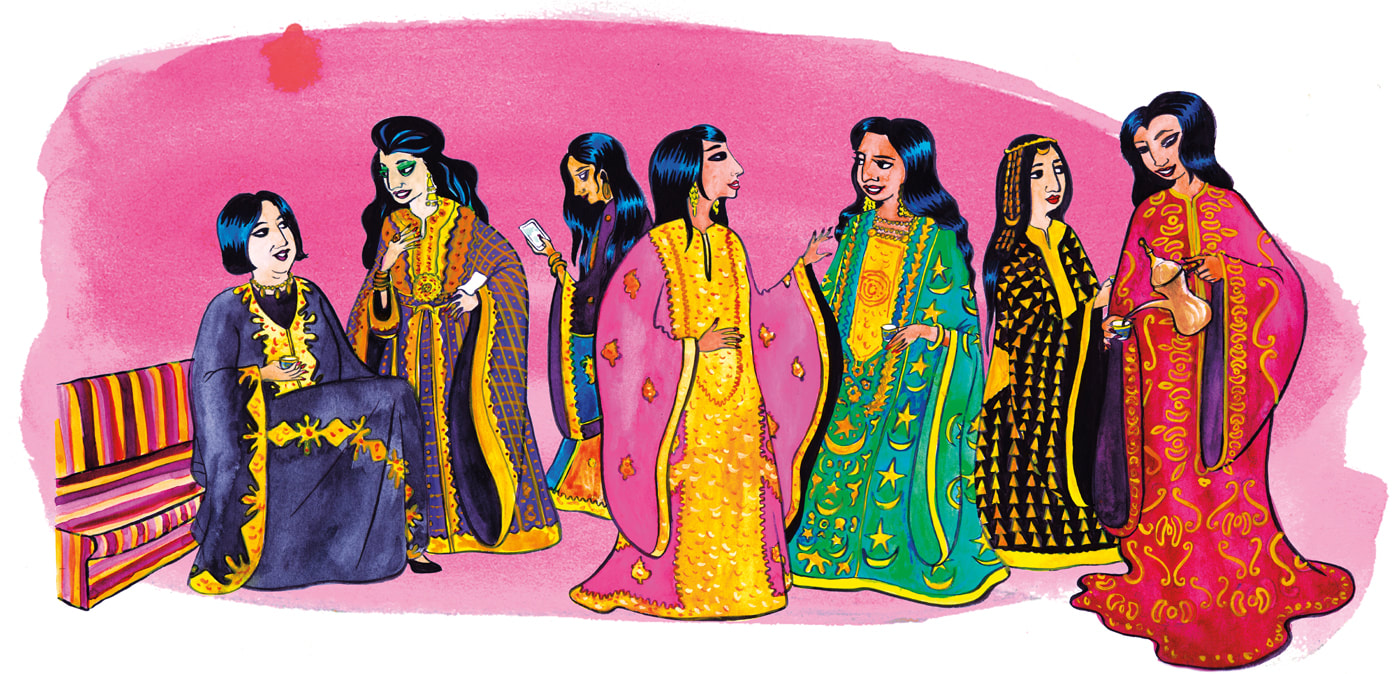
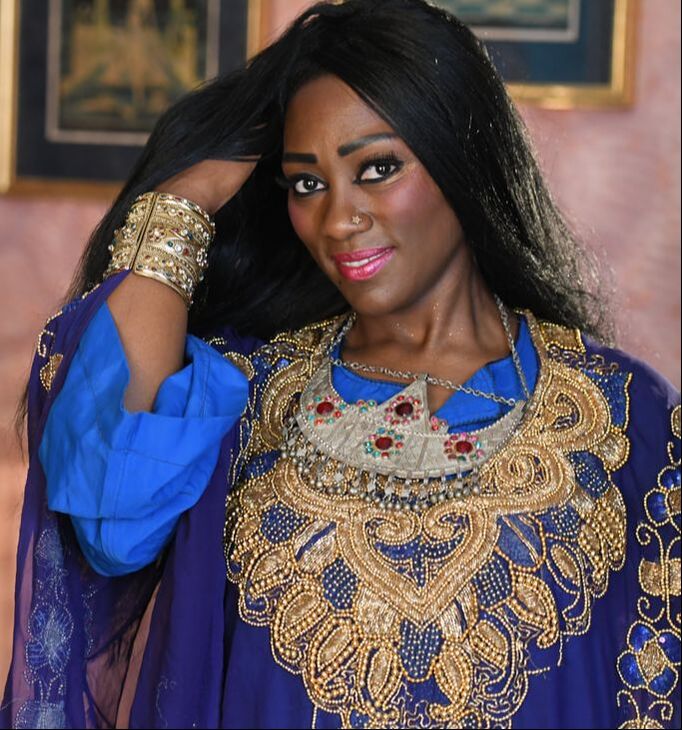
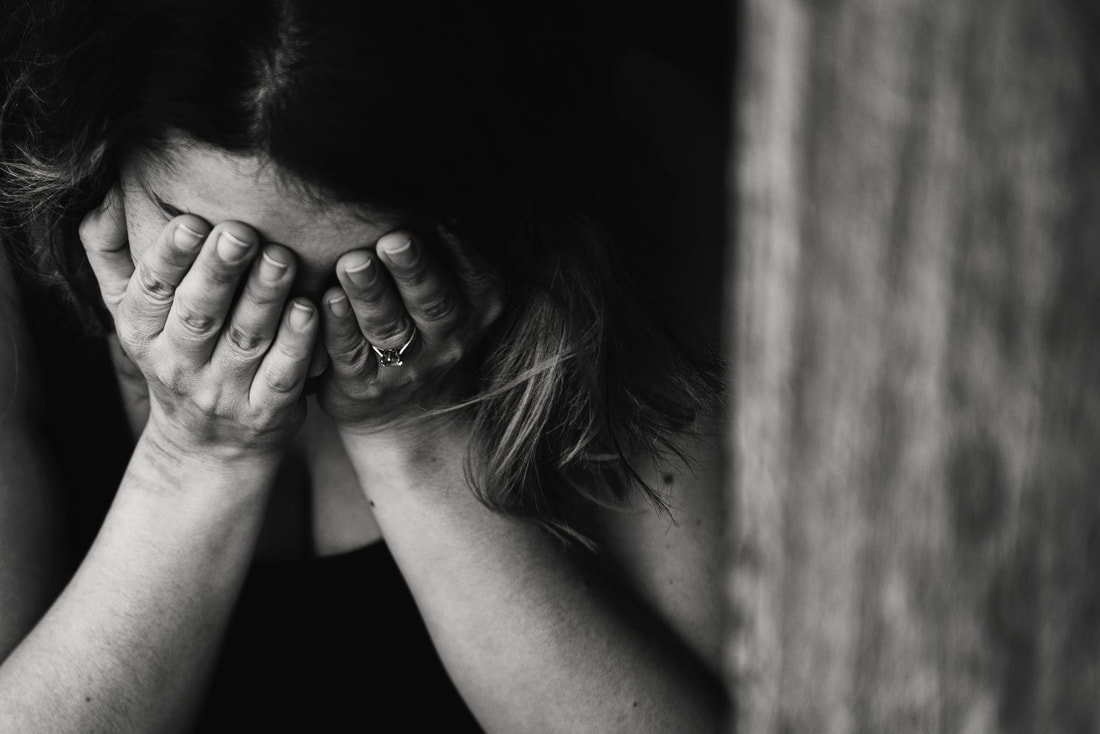
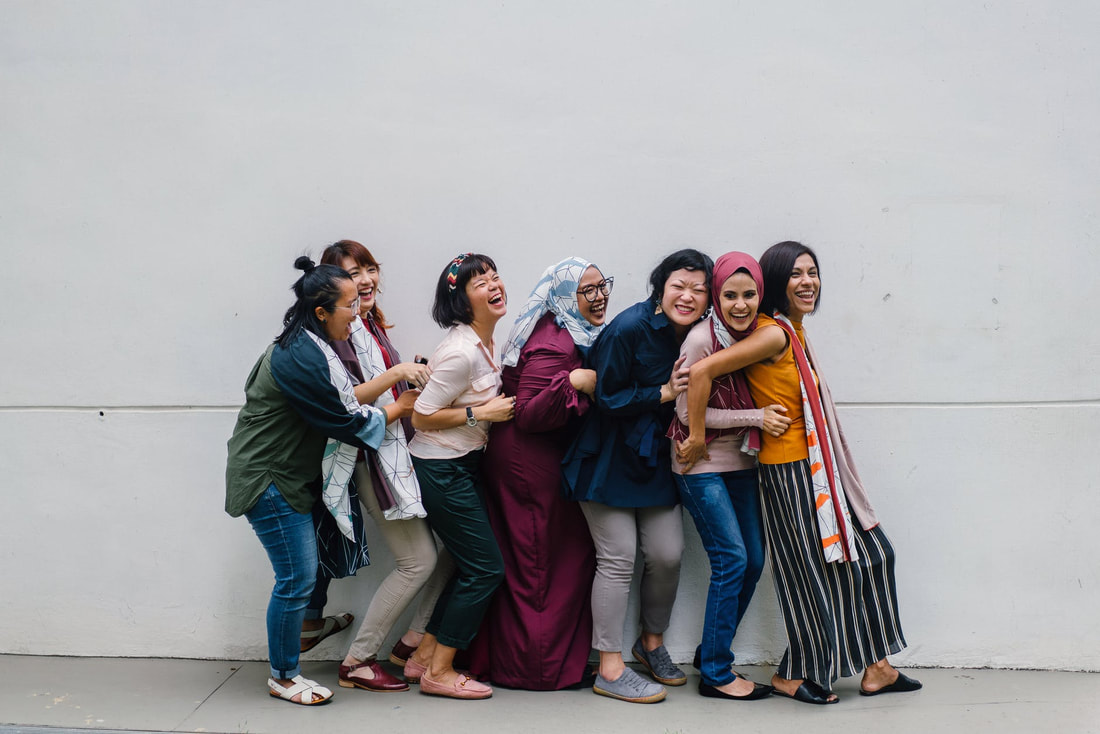
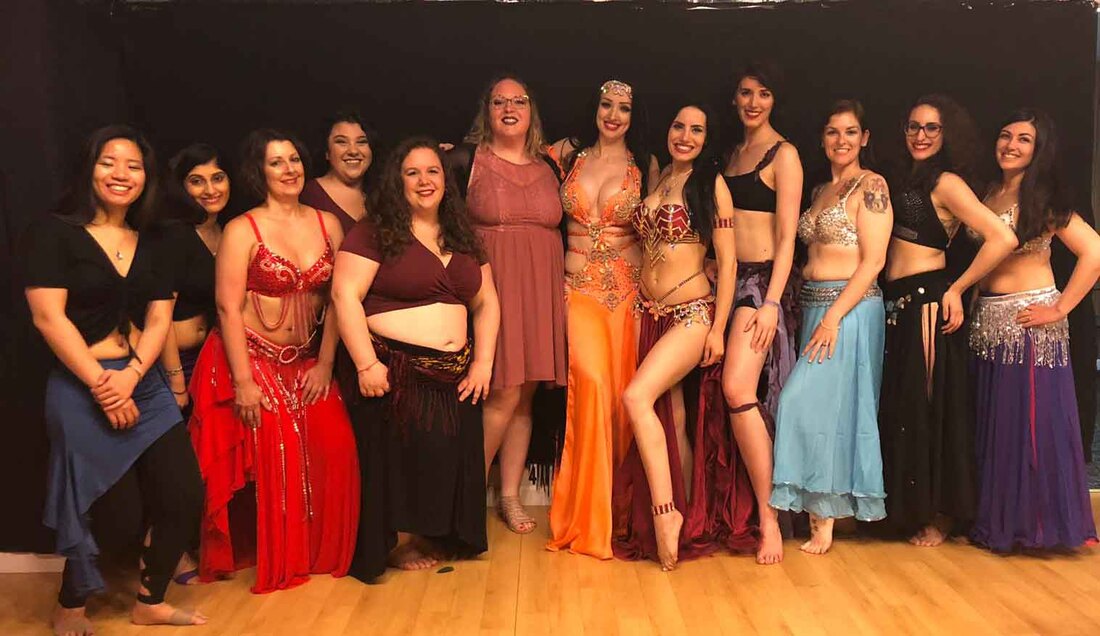
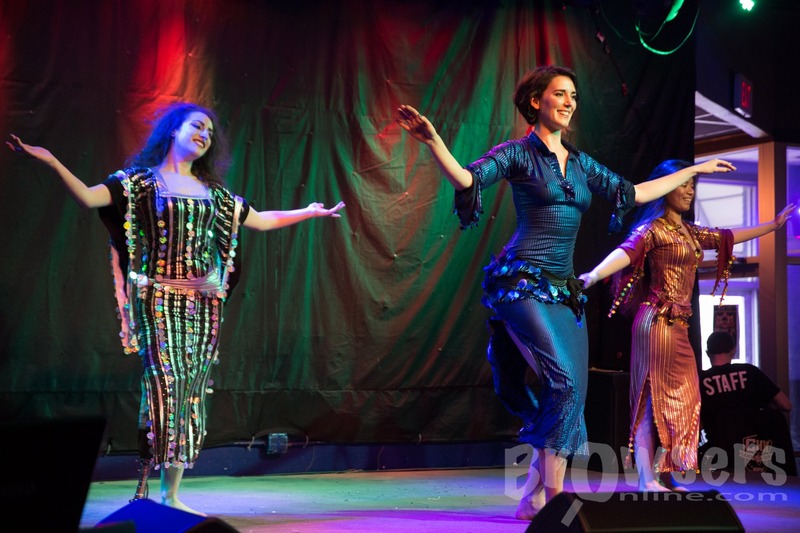
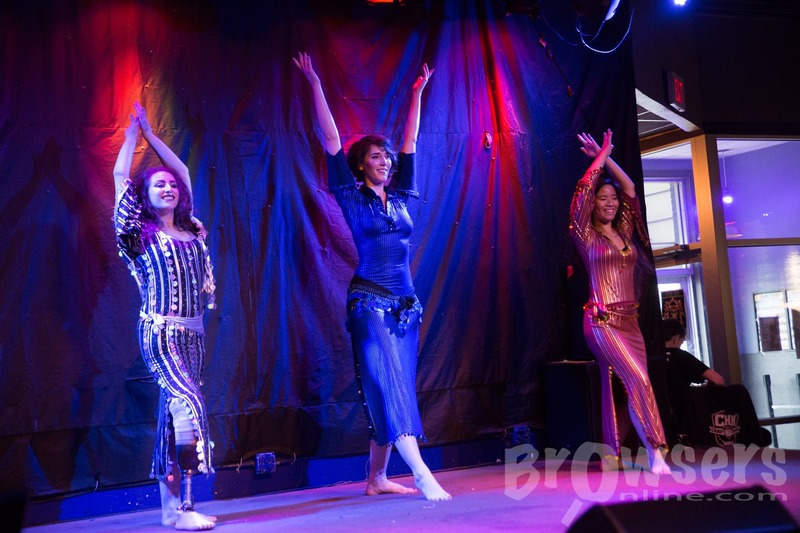
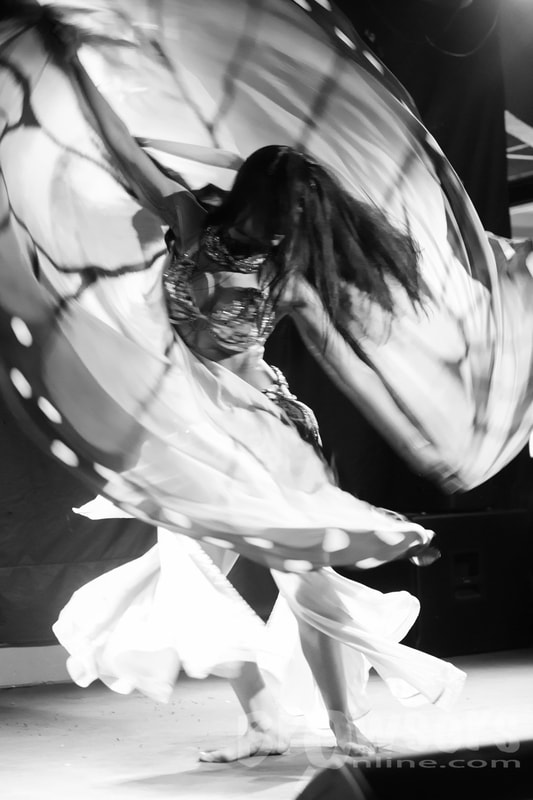
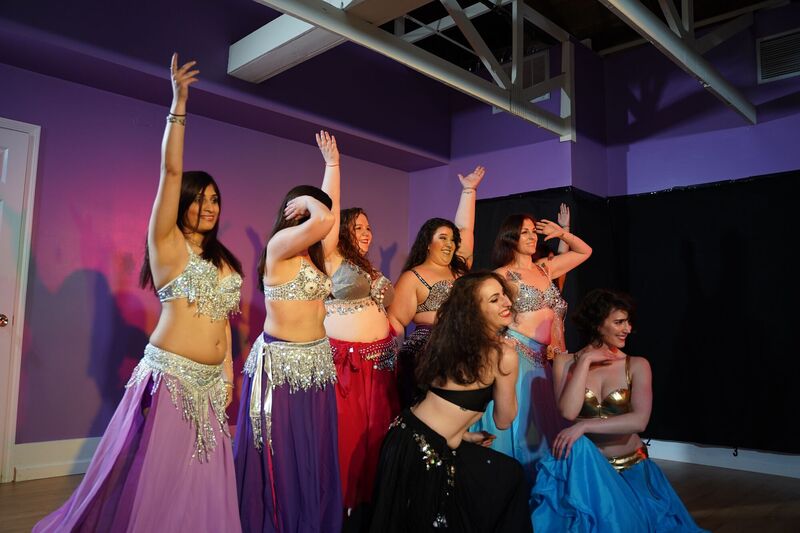
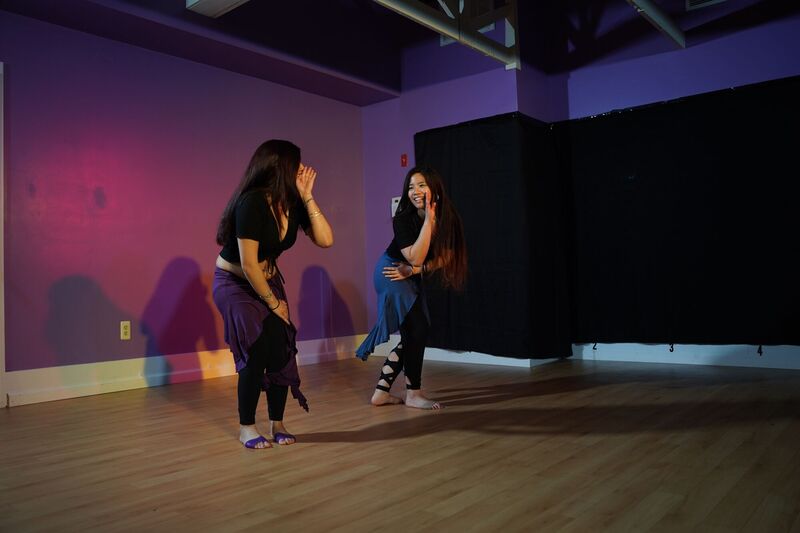
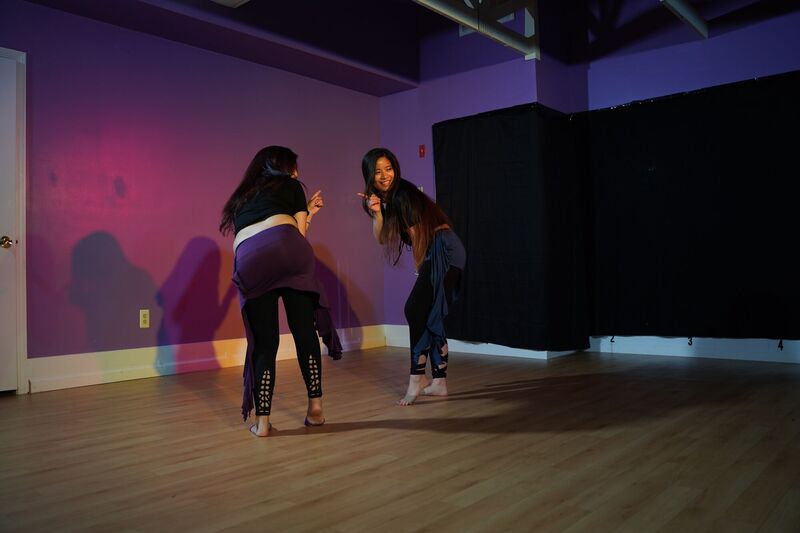
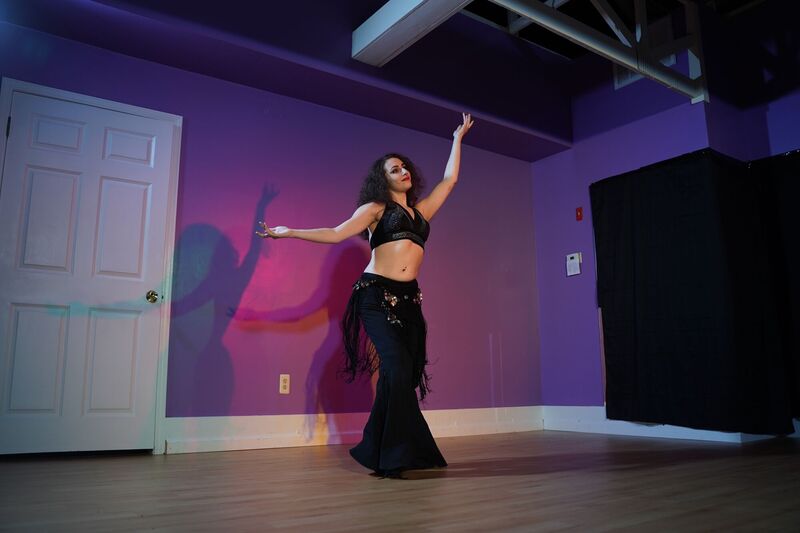
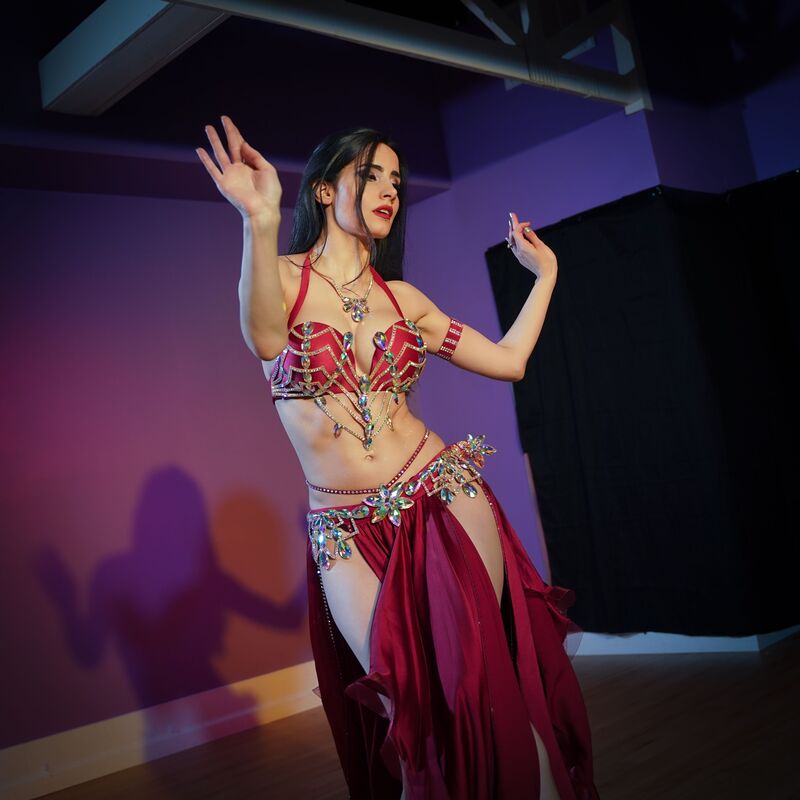
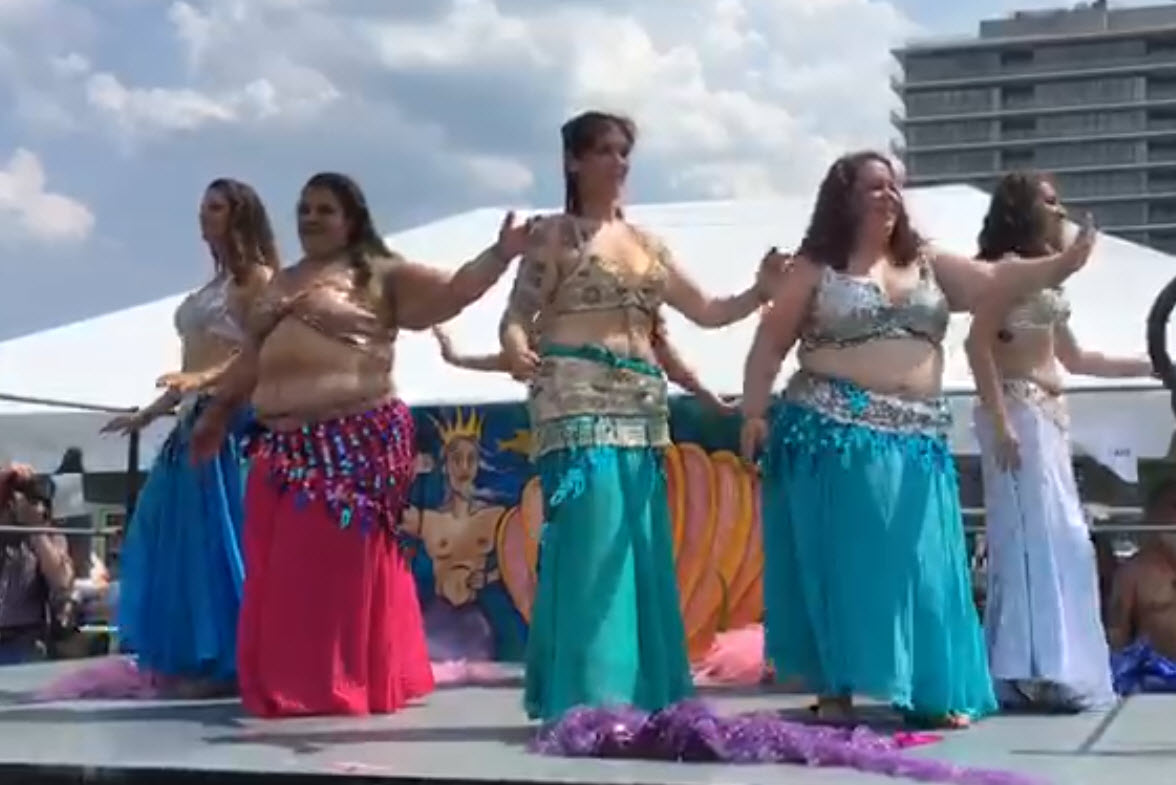
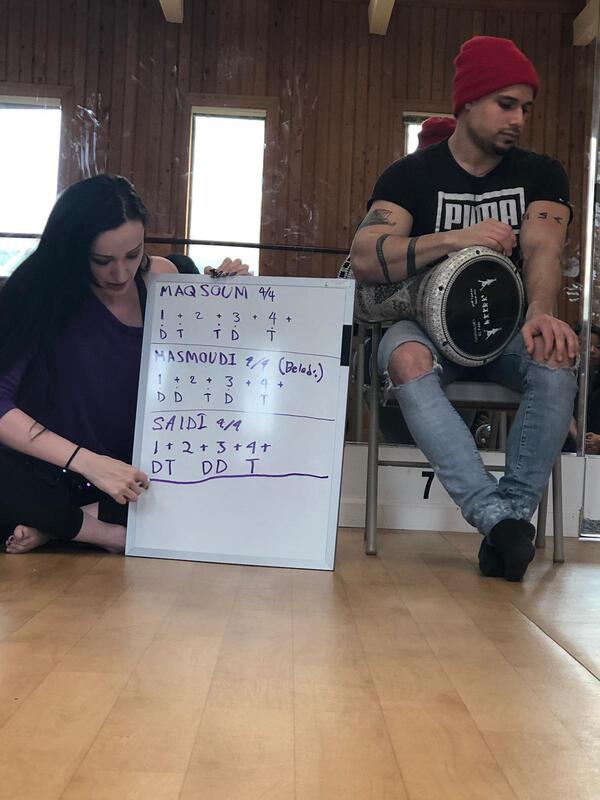
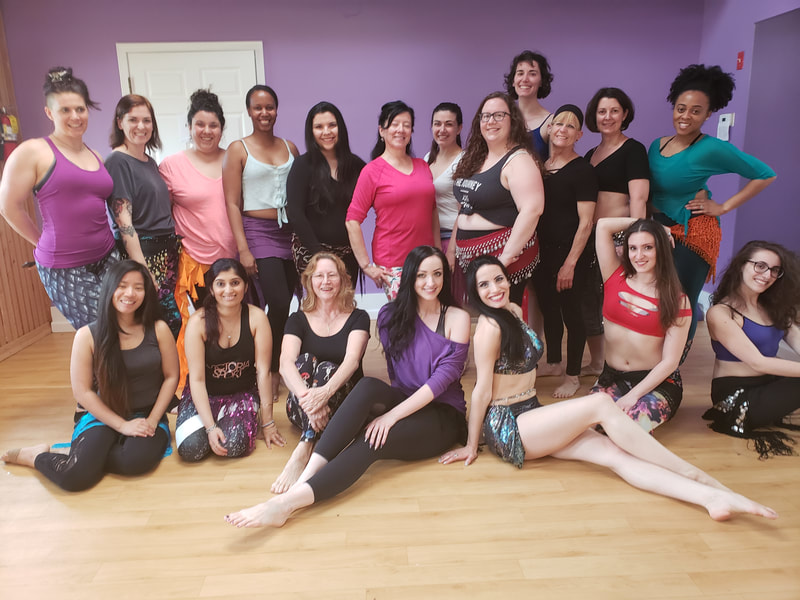
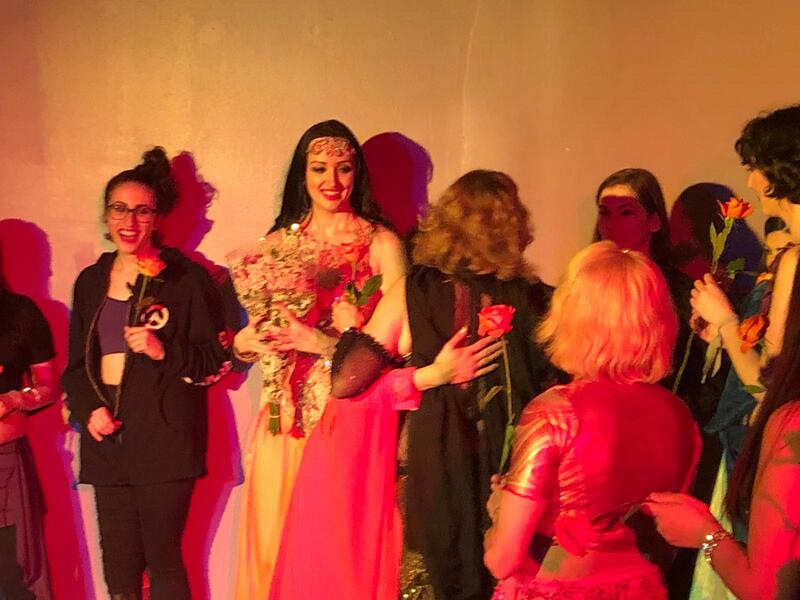
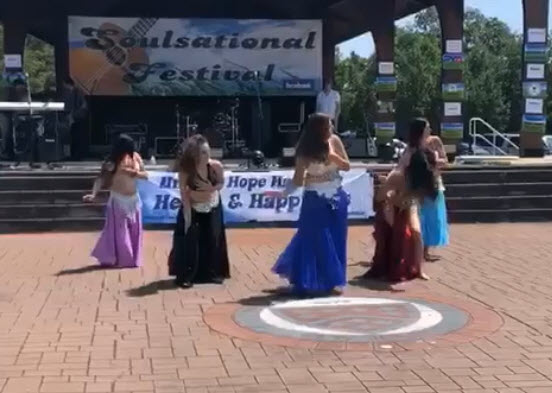
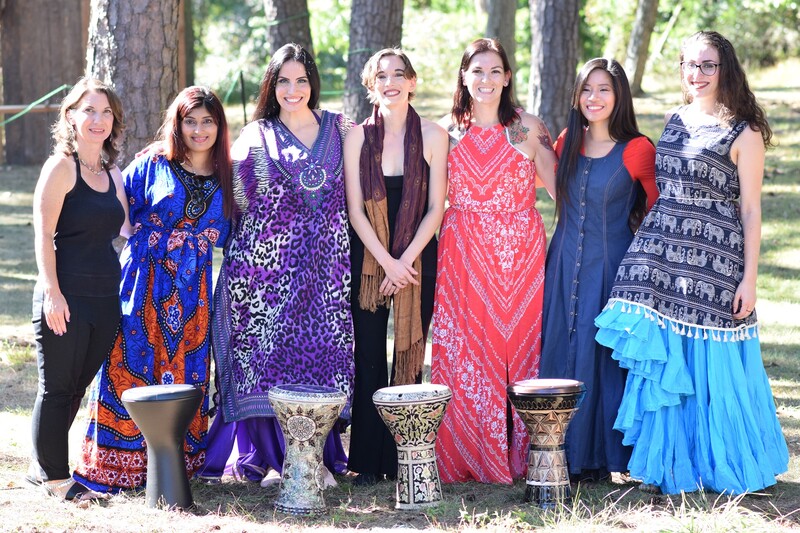
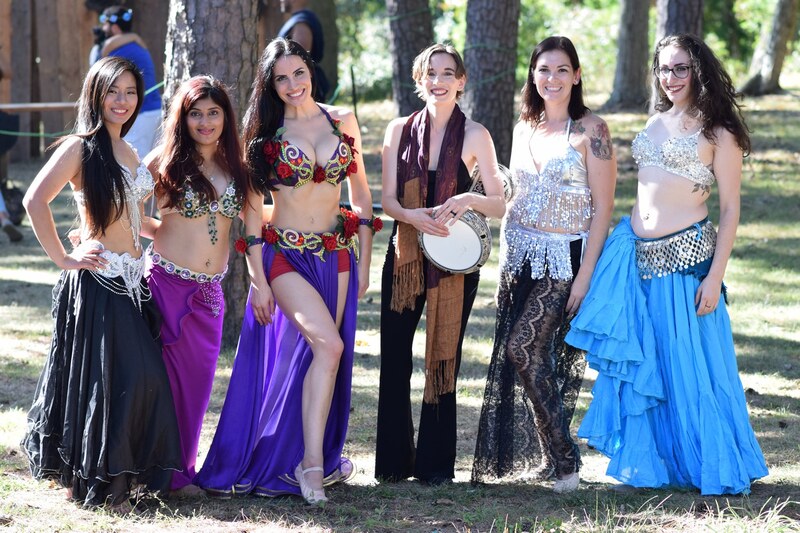

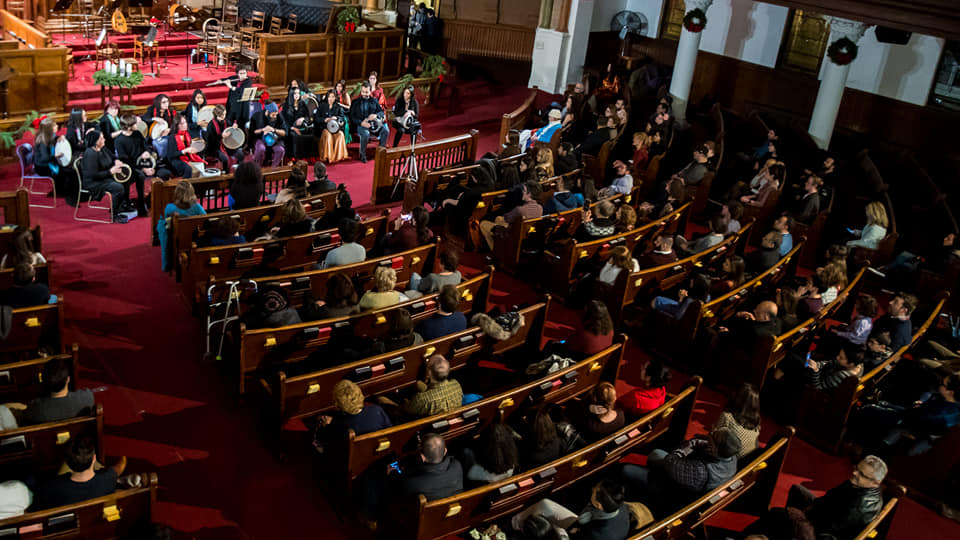
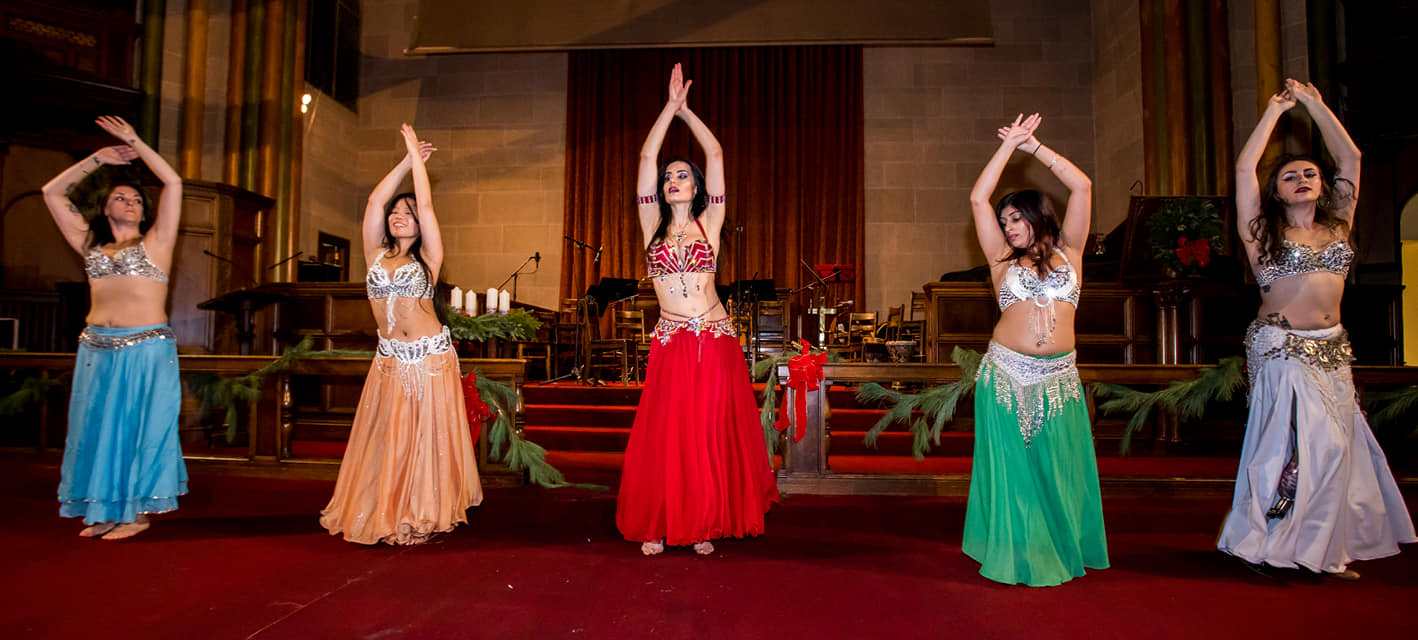
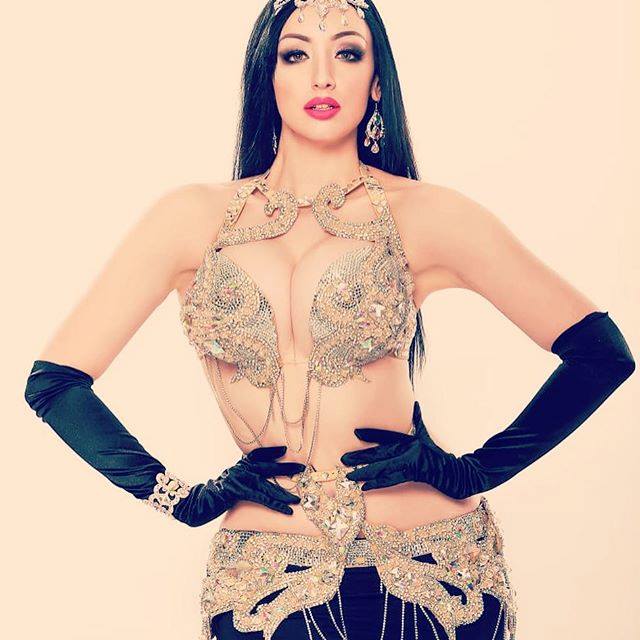
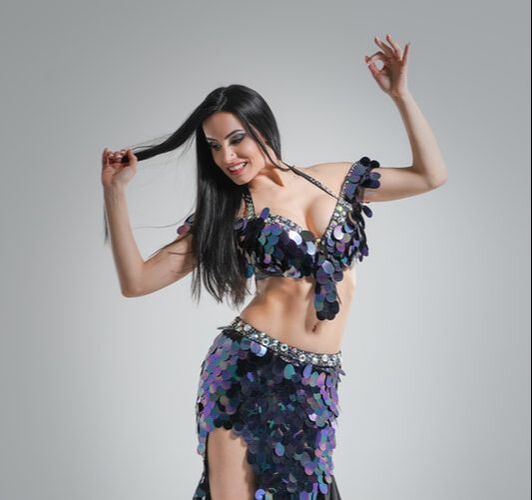
 RSS Feed
RSS Feed